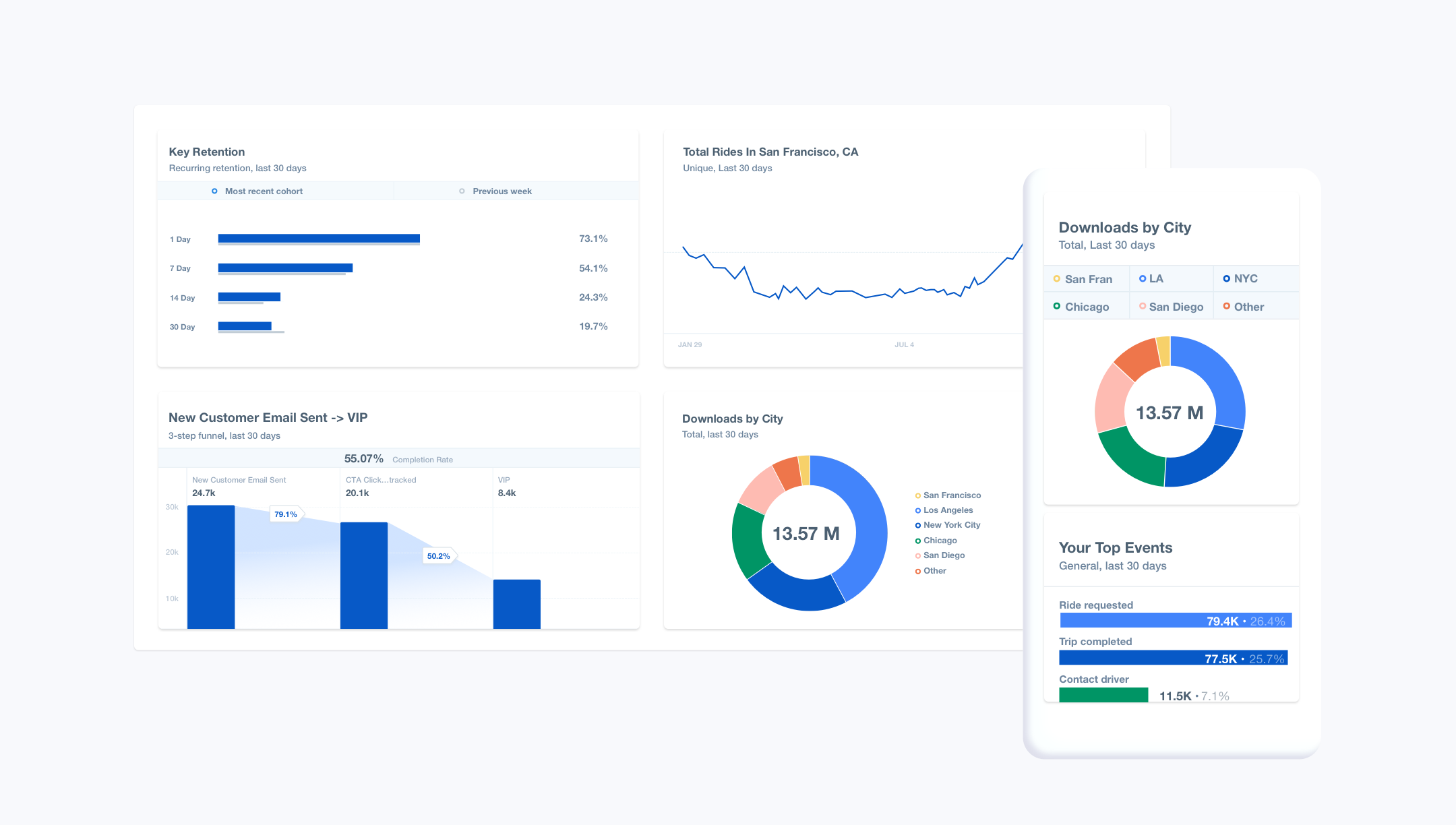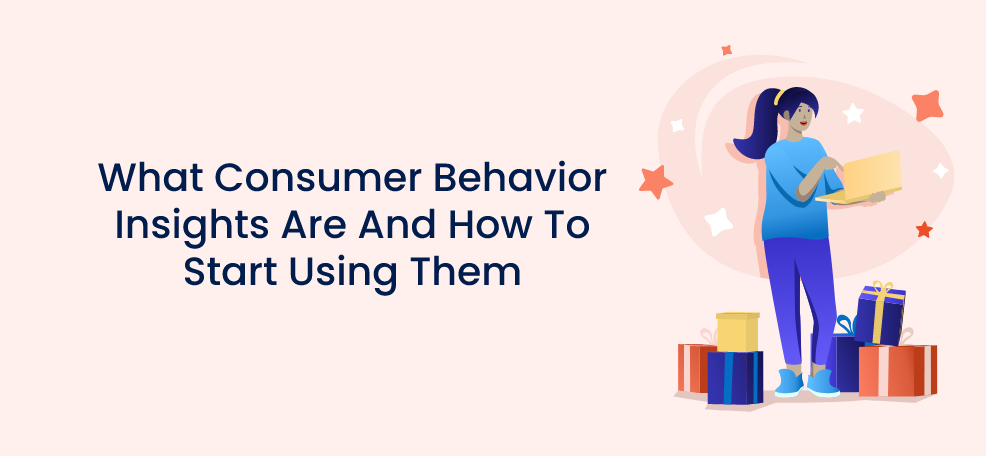In today’s fast-paced and highly competitive business landscape, understanding consumer behavior has become a crucial aspect of success for any company. Consumer behavior insights provide valuable information about why individuals make certain purchasing decisions, helping businesses tailor their strategies to meet customer needs effectively. In this article, we’ll delve into the world of consumer behavior, exploring its key drivers and offering actionable insights for businesses to leverage.
Consumer Behavior Insights: Decoding the Drivers Behind Customer Choices

Consumer behavior insights refer to the process through which individuals make choices regarding the purchase and use of products and services. Understanding consumer behavior is essential for businesses to tailor their offerings, marketing messages, and overall strategies to align with consumer preferences.
Factors Influencing Consumer Behavior
1. Cultural Factors
Cultural influences encompass the shared values, beliefs, and norms within a society. These factors significantly impact consumer preferences and choices. For instance, certain colors, symbols, and even product categories may be considered taboo in specific cultures, affecting buying decisions.
2. Social Factors
Social interactions play a vital role in shaping consumer behavior. People often seek approval and guidance from their peers and social circles when making purchase decisions. Word-of-mouth recommendations and social media influence can heavily impact what consumers choose to buy.
3. Personal Factors
Personal factors include individual characteristics such as age, gender, occupation, lifestyle, and personality traits. These attributes shape purchasing choices and brand affiliations. For example, a health-conscious individual is more likely to choose organic food products.
4. Psychological Factors
Psychological factors delve into the cognitive processes that influence consumer behavior. Perception, motivation, learning, and memory all contribute to how consumers perceive and interact with products. Companies often use psychological triggers in marketing to create emotional connections with consumers.
The Consumer Decision-Making Process
The process of consumer decision-making involves several stages:
1. Problem Recognition
Consumers recognize a need or problem that prompts them to consider making a purchase. This need can be triggered by internal (e.g., hunger) or external (e.g., advertisement) stimuli.
2. Information Search
Once a problem is identified, consumers gather information about potential solutions. This could involve online research, reading reviews, or seeking recommendations from friends and family.
3. Evaluation of Alternatives
Consumers assess different options based on factors like price, quality, and features. They weigh the pros and cons before narrowing down their choices.
4. Purchase Decision
The actual purchase decision is made after careful evaluation. Factors like discounts, payment options, and brand reputation can influence this choice.
5. Post-Purchase Behavior
After the purchase, consumers evaluate whether their expectations were met. Positive experiences can lead to brand loyalty and word-of-mouth promotion, while negative experiences can result in returns and negative reviews.
The Role of Emotions in Consumer Behavior
Emotions often drive consumer decisions. A positive emotional connection with a brand can create lasting loyalty, while a negative experience can deter repeat business. Companies use emotional storytelling in their marketing to establish these connections.
Digital Transformation and Consumer Behavior
The rise of digital platforms has revolutionized consumer behavior. Online shopping, social media influence, and targeted ads have all transformed how consumers discover, evaluate, and purchase products.
Consumer Behavior Insights in Marketing Strategies
1. Personalized Marketing
Personalization involves tailoring marketing messages and offers to individual consumer preferences. Data analytics and AI enable companies to provide personalized recommendations, enhancing the consumer experience.
2. Social Proof and Influence
Consumers often look to others for guidance on purchases. Incorporating social proof, such as reviews and testimonials, can sway consumer decisions.
2. Nudging Techniques
Nudging involves subtle cues that influence consumer behavior without restricting choice. For instance, placing healthier snacks at eye level in a store can encourage healthier purchasing decisions.
Ethical Considerations
As consumers become more conscious of ethical and environmental issues, businesses must align their practices with consumer values. Transparency, sustainability, and responsible sourcing can positively impact consumer perception.
Predicting and Adapting to Changing Consumer Trends
Consumer trends evolve rapidly. Businesses that can anticipate these changes and adapt accordingly gain a competitive edge. Data analysis and trend monitoring are essential tools for staying ahead.
Future Trends
Advancements in technology, such as AI and big data analytics, will continue to refine our understanding of consumer behavior. The future will likely involve even more personalized and immersive consumer experiences.
Case Studies with Record-Breaking Impact
1. Coca-Cola’s Personalized Marketing Strategy
Coca-Cola launched its “Share a Coke” campaign, which personalized bottle labels with popular names. This approach created an emotional connection and a viral effect, leading to a significant sales boost. The campaign recorded a 2% increase in U.S. sales after more than a decade of declining revenue. It highlighted how personalization taps into social and cultural factors, driving consumers to seek and share these personalized items.
“Personalization speaks volumes in today’s market. Coca-Cola made each bottle unique to someone, and that kind of connection is priceless!” – Tweet by @MarketingMaven
2. Nike’s Embrace of Digital Transformation
Nike’s focus on direct-to-consumer (DTC) sales and digital transformation set the brand apart, especially with the Nike app and online platform delivering a personalized experience. Through data-driven insights, Nike offers tailored recommendations based on user behavior, boosting engagement and conversion rates. Their DTC revenue grew by 82% over recent years, making it a standout case in understanding and adapting to evolving consumer behaviors.
“Nike knows me better than I know myself. From running to lifestyle choices, they’ve got my preferences down to a science!” – Influencer @FitnessFreak
3. Tesla’s Word-of-Mouth Success and Social Influence
Tesla’s success without traditional advertising is a testament to the power of social proof and brand loyalty. Tesla enthusiasts share experiences on social media, influencing others to explore the brand. In fact, nearly 82% of Tesla’s sales come from word-of-mouth. This aligns with the social factor in consumer behavior, proving that community and influence can make or break a brand.
“When you have customers doing the advertising for you, you know you’re onto something! Tesla is the brand of the people.” – Influencer @EcoTechGuru
4. Amazon’s Use of AI in Personalized Marketing
Amazon’s recommendation system uses AI-driven insights to create personalized shopping experiences, understanding what users need before they even know it themselves. This approach has contributed to over 35% of Amazon’s total revenue, showcasing the effectiveness of personalized marketing that leverages psychological and personal factors in consumer behavior.
“Amazon knows what I’m going to buy before I do – and that’s why I keep coming back!” – Tweet by @ShopSmart
Influencer Insights
To further emphasize the relevance of consumer behavior insights, here are some impactful tweets and quotes from influencers across various industries:
“Understanding what drives your customers isn’t just smart; it’s essential. Get inside their heads, and your brand will stay in their hearts.” – @BrandWhisperer
“In a world where people crave authenticity, brands that truly know their customers will always win.” – @BizInsider
“When companies prioritize ethical practices, consumers notice. It’s not just a trend; it’s the future of consumer behavior.” – @SustainableMktg
By adding these case studies and influencer insights, businesses can gain a clearer view of how consumer behavior insights apply in the real world. Leveraging these insights isn’t just theory—it’s what separates leading brands from the rest.
Conclusion
Consumer behavior insights are invaluable for businesses seeking to thrive in a dynamic marketplace. By understanding the cultural, social, personal, and psychological factors that drive consumer choices, companies can tailor their strategies to meet consumer needs effectively. This leads to stronger brand-consumer relationships, increased loyalty, and sustainable business growth.
To explore how AIM Technologies can help you make data-driven decisions and better understand your customers, request a demo today.
FAQs
How does culture influence consumer behavior?
- Culture shapes consumer preferences, influencing everything from color choices to product categories.
What role do emotions play in purchasing decisions?
- Emotions can strongly influence whether a consumer chooses to buy or not, impacting brand loyalty.
How has digitalization changed consumer behavior?
- Digital platforms have altered how consumers discover, research, and buy products, emphasizing online interactions.
What is personalized marketing?
- Personalized marketing tailors messages and recommendations to individual consumer preferences.
What does the future hold for consumer behavior analysis?
- The future involves more advanced technology, leading to even deeper insights and more customized experiences.




